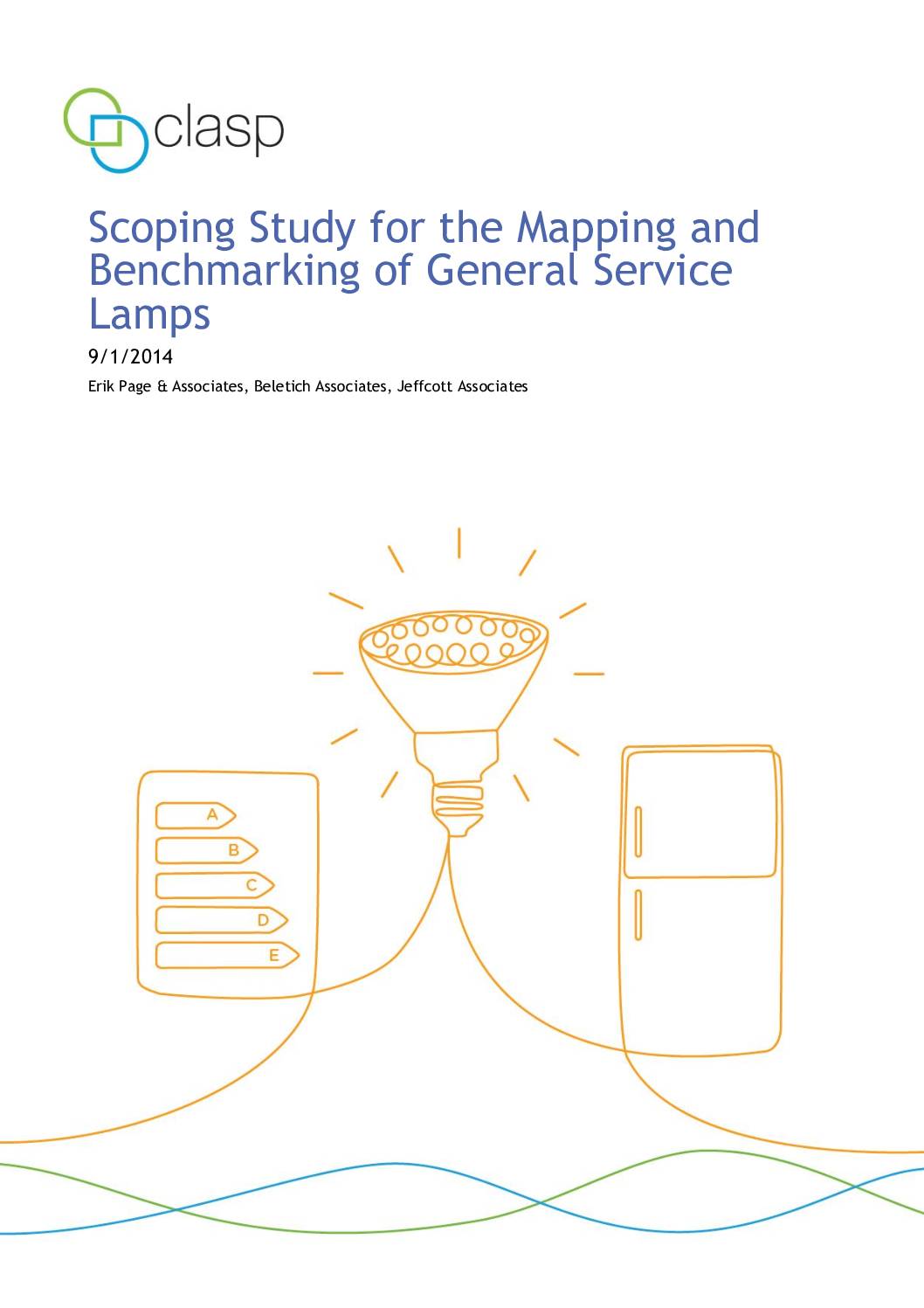Electricity used for lighting accounts for approximately 15% of global power consumption and 5% of worldwide greenhouse gas (GHG) emissions. According to estimates by the United Nations Environment Programme’s en.lighten initiative, switching to more efficient lighting globally could save more than $140 billion per year in energy costs and reduce CO2 emissions by 580 million tons annually.
CLASP conducts product and policy benchmarking studies to help identify opportunities for policymakers to raise the ambition of national policies and maximize energy savings and CO2emissions reductions. Benchmarking policies and products is challenging, however, due to the incomparability of products and standards in different parts of the world, different approaches to performance testing, and the lack or unavailability of critical data.
In collaboration with Erik Page & Associates, Beletich Associates, and Jeffcott Associates, CLASP took the first step in overcoming these obstacles for general service lighting (GSL) products by completing a preliminary study to define the scope, and identify available data sources, for a subsequent mapping and benchmarking analysis. This analysis, once completed, will contribute to the successful benchmarking of GSL policies around the world, and will assist national and regional regulators, manufacturers, and other stakeholders in transitioning from traditional incandescent general service lamps to appropriate efficient lighting alternatives.
The current scoping study provides an overview of various GSL technologies—including light emitting diodes, compact fluorescent lamps, and others currently on the market around the world—as well as existing policies and test procedures related to GSL. Using source data from en.lighten’s country lighting assessments, the study also estimates national and regional electricity consumption from lighting, as well as the energy savings potential of switching to more efficient lighting technologies. This analysis shows that Asia consumes the most energy for lighting, but also represents more than a third of potential global energy savings.
The study is divided into the following three main components:
Task 1: Recommends geographic and technology focus areas for GLS mapping and benchmarking activities.
Task 2: Identifies relevant sources of information, and presents a practical approach to GLS mapping and benchmarking activities.
Task 3: Lists key qualifications of personnel needed to undertake GLS mapping and benchmarking activities
Share this

Sectors: Equipment and appliances, Industry, Power sector, Renewables
Country / Region: Global
Tags: benchmarking, carbon dioxide, economic cost, electricity generation, emissions, energy, energy savings, greenhouse gas emissions, industrial benchmarking, lighting, national policies, stakeholders, sustainable livelihoods approachesKnowledge Object: Publication / Report
Published by: CLASP
Publishing year: 2014
Author: Erik Page & Associates, Beletich Associates, Jeffcott Associates
